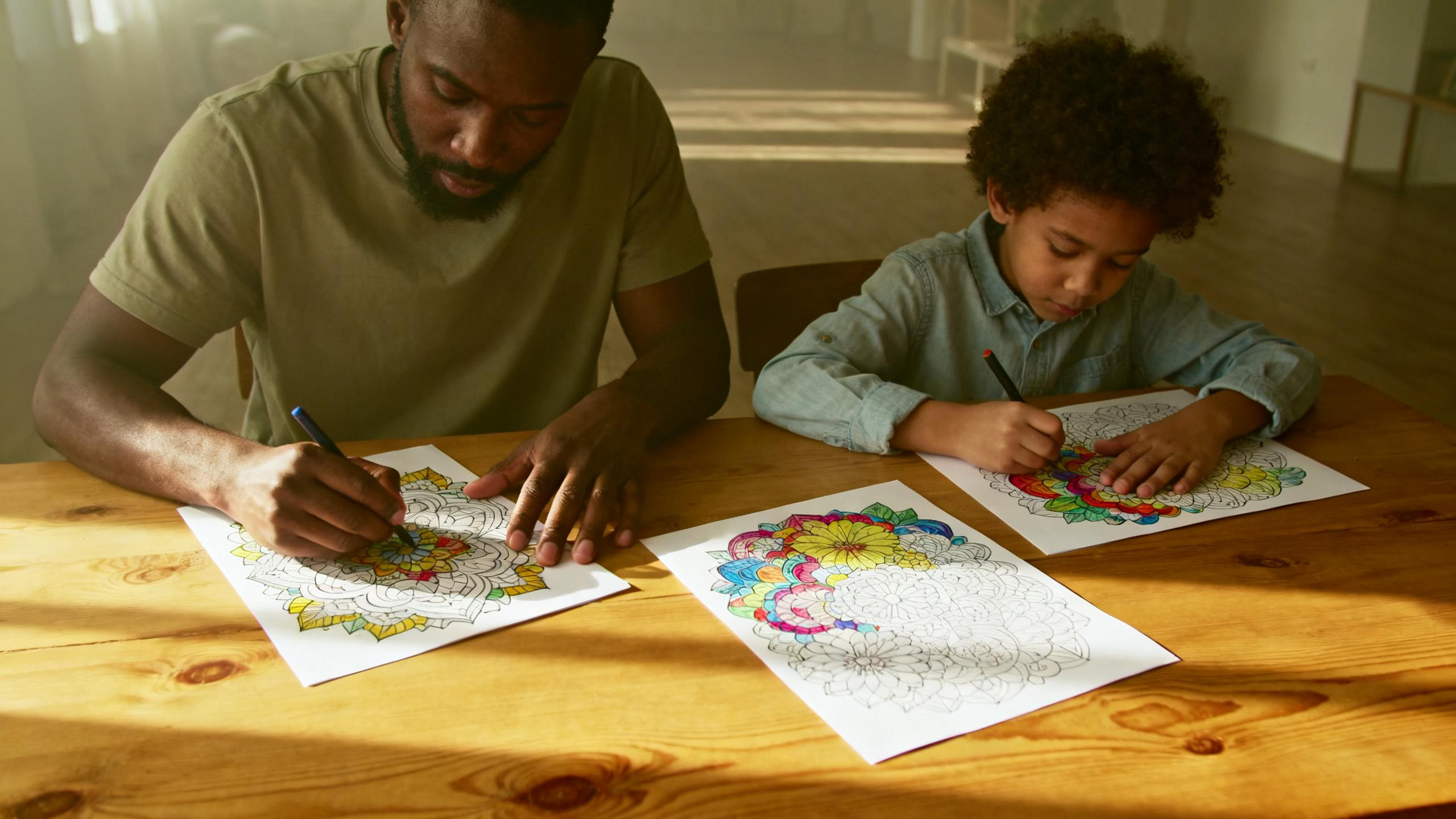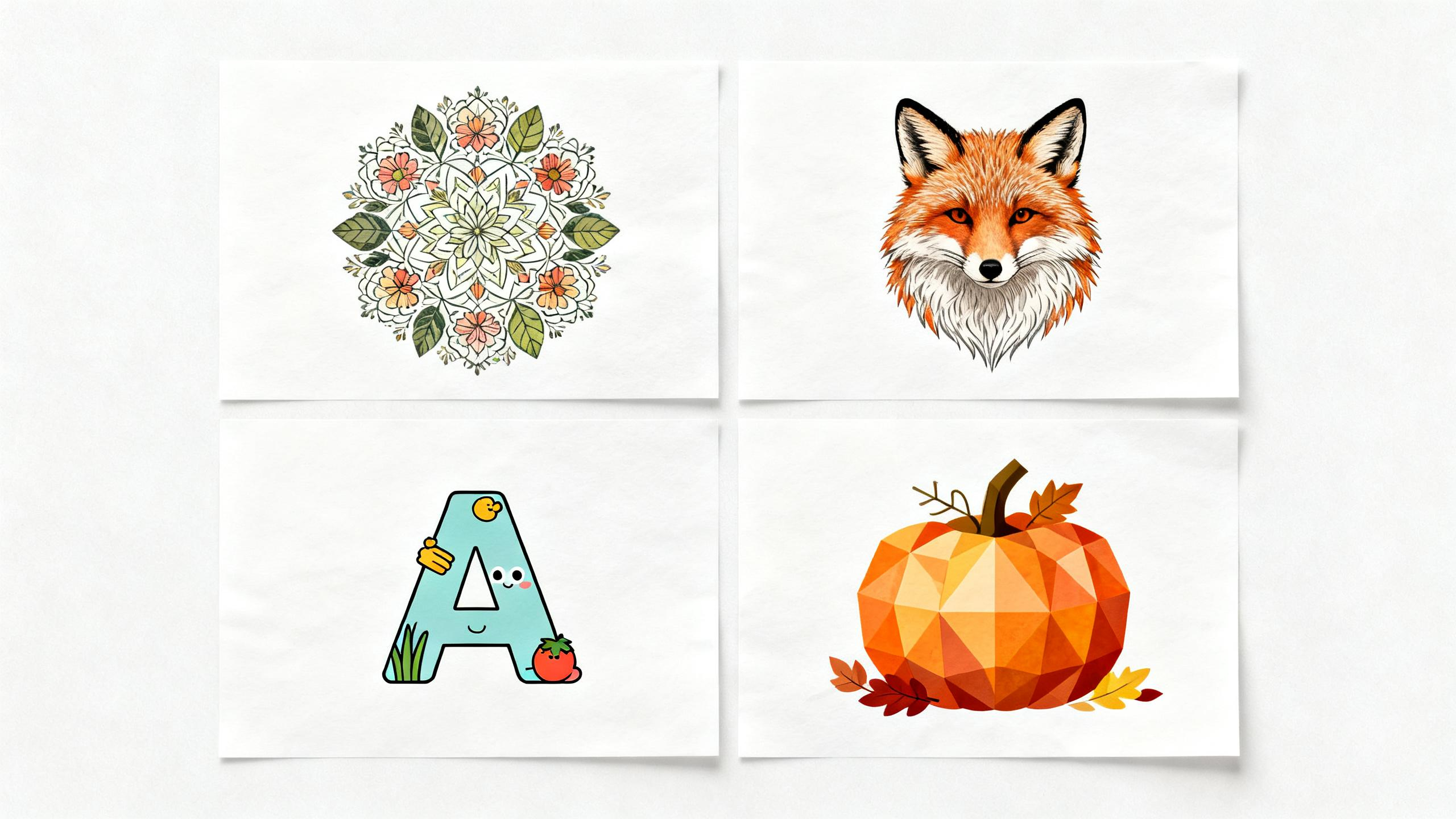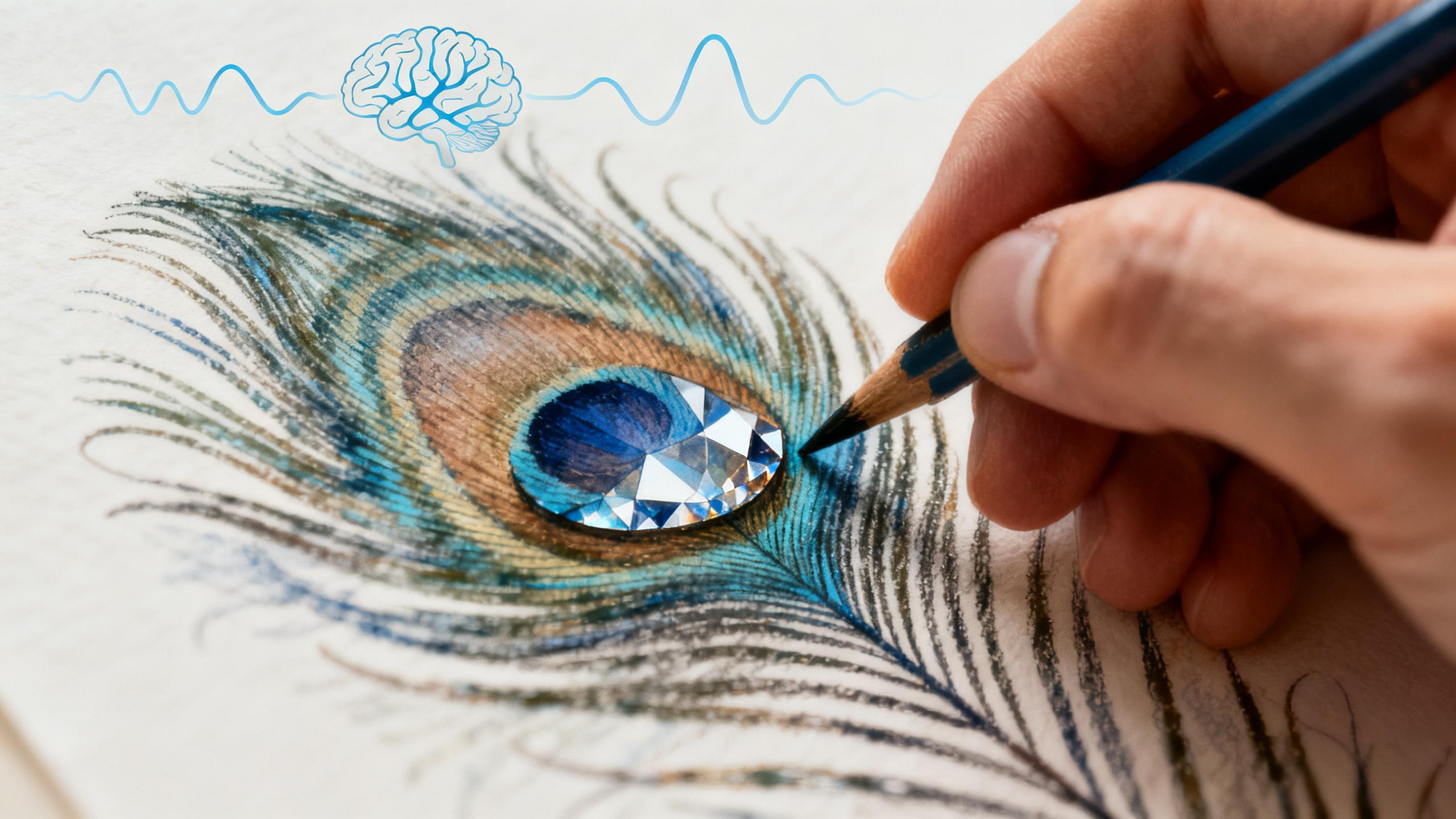Do you remember the first time you picked up a crayon? For many of us, coloring was our first real act of creation. Today, coloring has evolved into a universal language of creativity, meditation, and pure pleasure for all ages.
Why We Never Outgrow Coloring
In our constantly connected lives, coloring offers something rare: presence. It's simple enough for anyone, yet engaging enough to hold our full attention.
For Adults
Research shows that coloring activates creativity and logic while quieting anxiety. It's meditation in motion—a mini-vacation that fits in your kitchen drawer. The adult coloring movement isn't about being childish; it's about remembering that not everything needs to be productive or Instagram-perfect.
For Children
Those small fingers gripping crayons are developing fine motor control, focus, and decision-making. Coloring gives kids control—their choices matter, their creativity leads, and their finished product is entirely their own.

The Endless Variety
Animals
From family pets to exotic wildlife, animal coloring pages remain eternally popular. A child coloring an elephant learns its shape and maybe asks questions leading to conservation awareness. An adult finds peace in creating gradients that don't exist in nature but feel right.
Nature
Flowers, trees, gardens, mountains—nature pages offer endless exploration. Each petal pattern and leaf vein invites attention and appreciation, reminding us that beauty exists in details we often rush past.
Seasonal Themes
Christmas trees, Halloween pumpkins, spring flowers—seasonal pages help us celebrate and prepare. They become part of family traditions, markers of time and togetherness.
Educational Pages
Alphabet letters, numbers, shapes—these transform learning into play. Children absorb knowledge while having fun, making education feel like choice rather than obligation.
Choosing Your Tools
🎨Essential Coloring Tools
Colored Pencils: Offer control and subtlety, perfect for detailed work and layering colors.
Markers: Provide bold, vibrant results with smooth application.
Crayons: Classic, accessible, and perfect for younger artists.
Gel Pens: Add sparkle and fine details to finished work.
Techniques to Try
- Blending: Layer colors gradually for smooth transitions
- Shading: Add depth by varying pressure or using darker tones
- Pattern-filling: Create texture with dots, lines, or geometric shapes
- Color Theory: Experiment with complementary or analogous colors

The Science of Coloring Benefits
Studies consistently show coloring reduces stress, improves focus, and enhances mindfulness. When we color, we engage both hemispheres of the brain—the creative right side and the logical left side—creating a meditative state similar to yoga or meditation.
The repetitive motion and focus required activate the same areas that respond to meditation, lowering heart rate and producing feelings of calm and well-being.
Making It a Practice
- Set aside dedicated coloring time—even 10 minutes helps
- Create a comfortable space with good lighting
- Keep supplies organized and accessible
- Don't judge your work—process matters more than product
- Experiment freely without fear of "mistakes"
Sharing the Joy
Coloring works beautifully as both solo relaxation and social activity. Color with children to bond without pressure. Join adult coloring groups to combine creativity with community. Frame finished pieces to celebrate your work.

Getting Started Today
The beauty of coloring is its accessibility. You don't need expensive supplies or special skills. Start with what you have—even basic crayons and printer paper work perfectly. The only requirement is willingness to create and enjoy the process.
Whether you're seeking stress relief, creative expression, quality time with loved ones, or simply a few moments of peace, coloring pages offer a welcoming path. Pick up those colors, find a page that speaks to you, and begin.
Your creative journey starts with a single stroke. Make it today.
